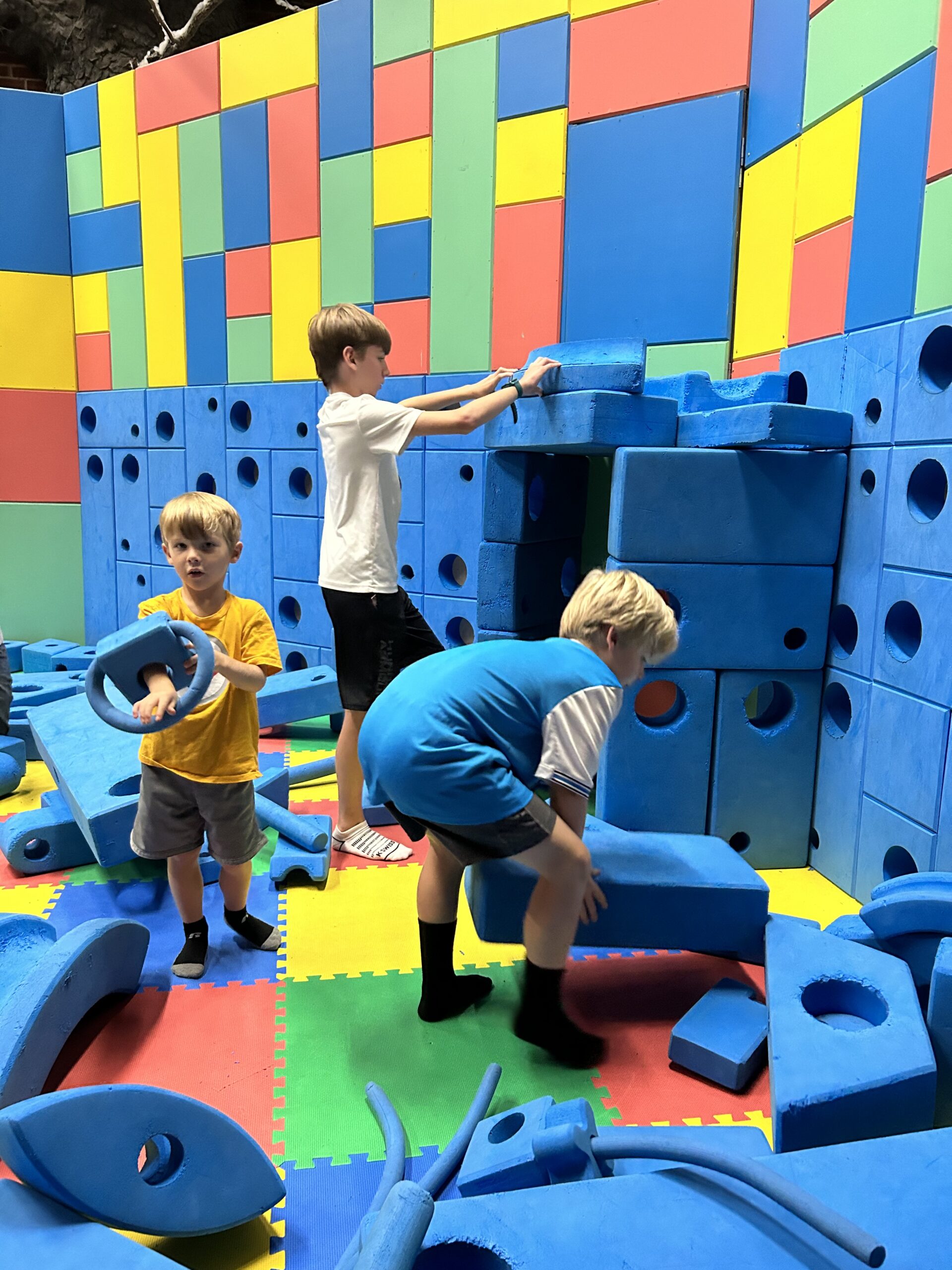Developmentally Disadvantaged students are students that do not have the developmental skills as their peers. A student’s communication, thinking, learning, or behavior differs from their peers. They have trouble starting a conversation or having a two-way conversation.
With early professional help, students catch up with their peers. Otherwise, the gap grows between them and their peers.
Developmentally Disadvantaged Challenges
Students with delays enjoy learning through play. However, too many directions confuse, limiting the ability to understand directions. Through play and with time, students develop fine and grow motor skills.
Communicate by getting the student’s full attention. Give instructions out loud or through gestures. Instructions must be clear and concise. Visual instructions may be necessary.
Types of Therapy
Several professional therapies help students. Physical therapy is helpful to students with delays in gross motor skills. Occupational therapy helps with fine motor skills, sensory processing, and self-help skills. Other services include Speech and Language, and Behavioral therapy.
Classroom therapies provide additional help for developmentally disadvantaged students. Students benefit from a sensory table with items for students to explore. Another classroom idea for vision impairments includes light boxes. Light boxes mimic outdoor light. It lifts the student’s mood and eases the symptoms of seasonal disorders. Music motivates all students. Art therapy helps students with fine and gross motor skills. There are a variety of art forms to choose from.
Students with developmental delays take longer than students without delays to develop new skills. Patience and consistent routines help all students to develop. Help students with clear learning expectations. Give students opportunities to engage in activities with others in social interactions. Students learn and develop at their own pace. Thus, developmentally disabled students need to be included in the general education classroom. They experience success at school when strategies begin early.
hey might stand too close or be overfamiliar with people. A sensory table can be a great option for both stimulations and Set up a table with a variety of sensory options for students to a sensory table, which can beat up a table with a variety of sensory options for students to explore.. a sensory table, which can be a great option for both stimulation and restimulation. Set up a table with a variety of sensory options for students to explore.



